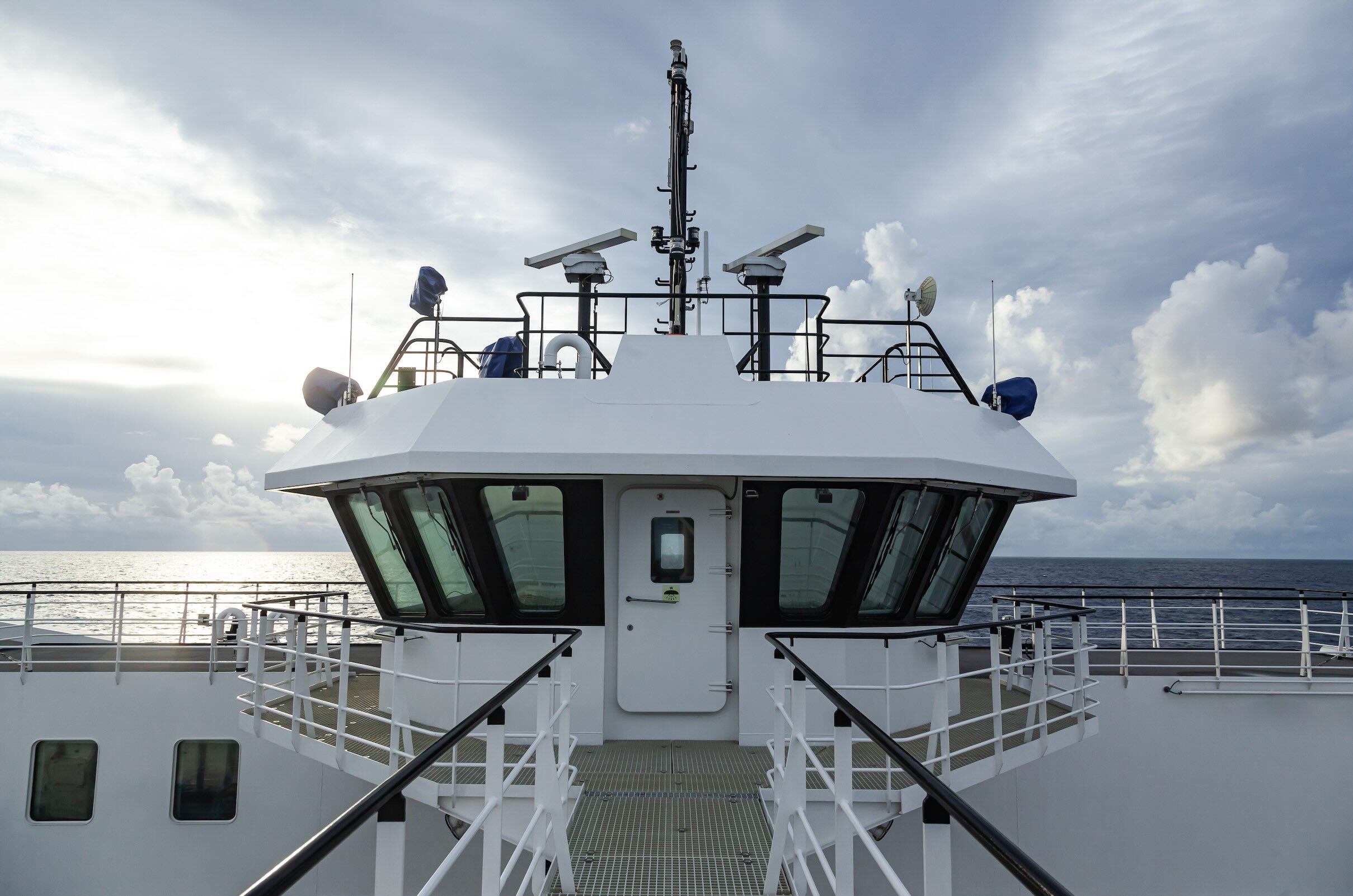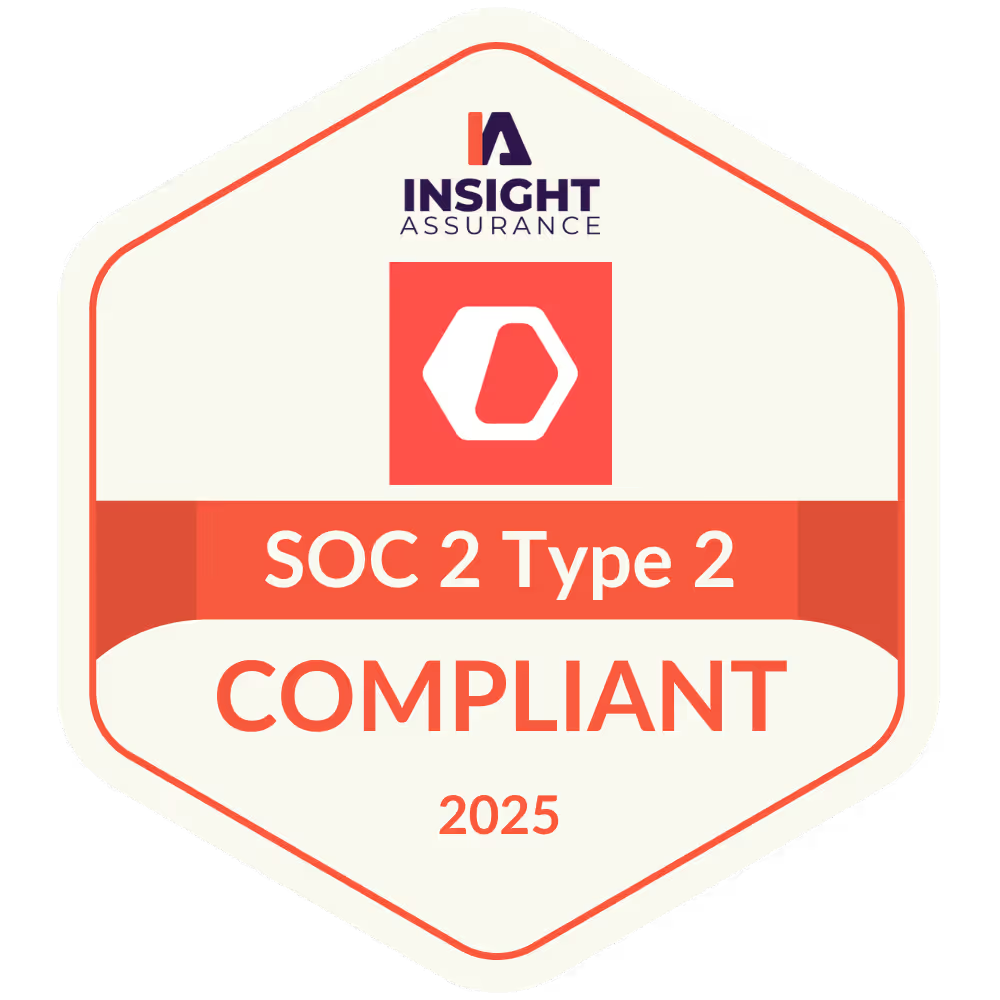Illicit Drug Precursor Shipments from China: A Growing Concern
Washington DC- The illicit trafficking of drug precursor-chemicals from China to Mexico and other countries throughout the world present, a formidable challenge for law enforcement, shipping companies, and the global community. This clandestine trade significantly fuels the production of illicit fentanyl and methamphetamine, with criminal syndicates adeptly exploiting loopholes in international trade regulations and employing deceptive tactics to obscure the true nature of their shipments.
Criminal networks frequently utilise falsified documentation as part of their strategy to legitimise their operations. Fake invoices, bills of lading, and customs declarations deceive authorities, allowing illicit shipments to pass undetected. Transshipment through intermediary countries further obscures the origin and destination of these chemicals, taking advantage of porous borders and lax regulatory oversight throughout the supply chain.
A primary method employed by these organisations to disguise the illicit nature of chemical shipments is mislabelling. By affixing misleading descriptions or labelling precursor or analogue substances as legitimate goods like fertiliser, they effectively evade scrutiny. Additionally, smugglers conceal chemicals within lawful cargo, use clandestine routes including transshipment to other countries, and attach parasitic devices containing contraband to vessels.
Parasitic attachments on vessels have emerged as a sophisticated and insidious method for drug smuggling, posing a significant challenge for maritime authorities and counternarcotics agencies. These attachments, often affixed to the hulls of ships below the waterline, can contain large quantities of controlled substances such as cocaine, heroin, or other illegal drugs. Smugglers employ advanced diving techniques and GPS technology to attach and later retrieve these concealed containers, making detection exceedingly difficult during routine inspections.
Transnational Criminal Organisations often exploit vulnerabilities exposed throughout the supply chain. Corruption and bribery within shipping companies, customs agencies, and other relevant institutions exacerbate the difficulty of detecting contraband. Compromised officials facilitate the illegal transport of chemicals, undermining regulatory efforts and perpetuating the cycle of drug trafficking.
International cooperation and intelligence sharing are paramount in addressing this multifaceted issue effectively. While China maintains a robust trade network with countries globally, pinpointing specific transshipment routes to Mexico remains elusive due to the diverse array of intermediary hubs utilised. Countries such as Hong Kong, Singapore, Panama, the United Arab Emirates, Malaysia, and Vietnam have emerged as potential conduits due to their strategic locations and relaxed regulatory environments.
To combat these illicit activities, risk and compliance experts must remain vigilant and adaptive, employing sophisticated techniques to disrupt criminal networks. Enhanced coordination among agencies and the implementation of stringent regulatory measures and initiatives are imperative in safeguarding against the proliferation of drug precursor chemicals and mitigating the associated risks to global security and public health and drug control.
China's export of precursor chemicals crucial for fentanyl production extends across continents, fuelling illicit drug manufacturing and trafficking networks worldwide. Key destinations for these chemicals have been identified:
- Mexico: Serving as a pivotal transit point, Mexico witnesses the influx of precursor chemicals from China, smuggled clandestinely to fuel the production of fentanyl and other synthetic opioids.
- United States: The United States emerges as a major market for fentanyl and synthetic opioids, with precursor chemicals sourced from China infiltrating the country to meet the demands of its illicit drug trade.
- Canada: Canada, too, falls prey to trafficking networks as precursor chemicals from China are smuggled into the country, amplifying the production of illicit drugs destined for distribution both domestically and internationally.
- European Countries: Nations across Europe, including the United Kingdom, Germany, and the Netherlands, grapple with seizures of precursor chemicals traced back to China, underscoring the global reach of this illicit trade.
- Southeast Asian Countries: Countries such as Thailand and Vietnam serve as destinations for fentanyl precursor chemicals, where they are utilized in the production of synthetic opioids catering to both local consumption and export markets.
- Australia: Australia faces a surge in fentanyl-related overdoses and fatalities, with precursor chemicals sourced from China exacerbating the country's battle against the illicit drug trade.




Utilising data from Kpler to monitor shipments from key locations allows law enforcement, brokers, and risk and compliance analysts to pinpoint potential shipments and vessels that may be compromised and carrying contraband, especially synthetic precursor materials for fentanyl and other illicit synthetic drugs. A smart approach involves analysing past seizures at ports of entry, then targeting future shipments that use the same vessels, freight forwarders, and shipping routes, or show similarities to previously seized cargo. Criminal organisations tend to repeat successful patterns and routes.
The Port of Manzanillo remains a critical battleground in the fight against synthetic drug trafficking. Despite the port's importance in global trade, its high volume of cargo makes it difficult to inspect every shipment thoroughly. Traffickers and drug cartels continually adapt their methods to avoid detection, necessitating constant updates in enforcement strategies and technology to avoid interdiction.

Among the most cunning methods employed by traffickers is the concealment of drug precursors within legitimate shipments of fertilizers. This dual-use dilemma is particularly challenging, as many fertilisers contain chemicals that can also be used to manufacture synthetic drugs like fentanyl.
Two major cartels, the Sinaloa and Jalisco cartels, are primarily responsible for the influx of fentanyl from Mexico into the United States through the southwest border. These Mexican cartels collaborate with chemical companies based in the People's Republic of China to obtain raw materials. Many of these precursors are shipped disguised as fertilisers, blending seamlessly with legitimate trade.

While China stands as a significant source of precursor chemicals for fentanyl production, it is essential to recognise that trafficking routes and destinations are dynamic. Law enforcement efforts and regulatory measures continuously evolve, prompting drug trafficking organisations to adapt their tactics to evade detection and enforcement.
As global authorities strive to combat the scourge of illicit drugs, international cooperation, information sharing, strong partnerships along with proactive measures such as regulatory sanctions remain imperative. These enforcement actions and collaboration of information are key to disrupting and dismantling the trafficking networks and safeguard communities from the illegal activity and preventable overdose deaths linked to fentanyl and illicit synthetic drugs.
Leveraging tools provided by Kpler, law enforcement agencies can now better target potential shipments of illicit drugs or precursor chemicals. The newly developed risk and compliance tools enable analysts to focus on shipments that might be trying to evade detection.
Found this article helpful? Stay informed on AIS spoofing events and more by subscribing to Kpler's new Risk & Compliance newsletter. Get timely insights on sanctions, risk management, and operational updates delivered straight to your inbox. Subscribe here.

See why the most successful traders and shipping experts use Kpler













